Helen Hunt, 60, Stuns During Her Latest Appearance, and Her Lips Become the Center of Attention

Voyager 1, which has been traveling through interstellar space for more than 45 years, and is trailing a long gray beard by this time (not really), it suddenly began to send strange signals to Earth. Even more bizarre, there are no signs that the probe has broken or anything. Scientists from NASA are desperately trying to find the reason.
So... what’s happened, exactly? First of all, let me tell you a bit more about Voyager 1 and its long, lo-o-ong journey. Voyager 1 is an American space probe. Scientists from NASA sent it into space on September 5, 1977.
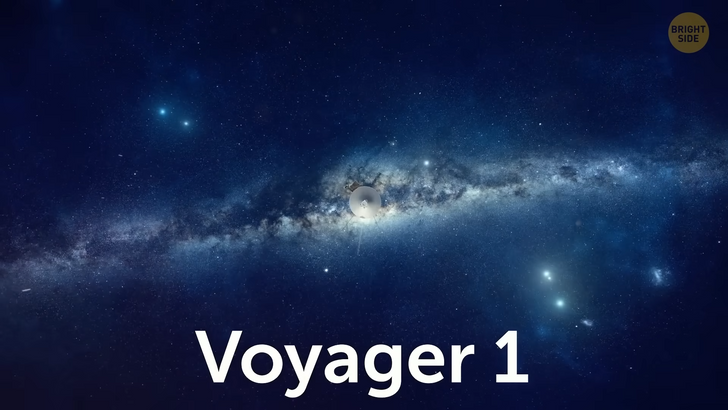
Voyager’s goal was to explore the outer planets of our Solar system, namely Jupiter and Saturn. Initially, scientists assumed that the mission would take about 5 years. Ha! The joke’s on them. The probe exceeded all expectations. Not only did it fulfill its mission, but it’s still working — for much longer than expected.
Voyager 1 has been wandering around space for more than 45 years! It’s hard to underestimate what Voyager 1 has done for science. Firstly, it successfully sent a lot of photos of Jupiter and Saturn to Earth. By the way, you can even check out these photos yourself — all of them are published on the NASA website.
Thanks to Voyager, we also discovered several new moons of Jupiter and a previously unknown system of its rings. We learned that Jupiter’s famous Red Spot is actually a giant, superfast storm. And after leaving Neptune’s orbit behind, Voyager also sent a lot of important data about interstellar plasma. So, Voyager 1 successfully proved to scientists how useful it was.
After that, it happily headed for its next goal — the Kuiper Belt and the heliosphere. The Kuiper Belt is a ring of icy bodies that extends from Neptune to a distance of approximately 50 AU from the Sun. It’s kinda similar to the asteroid belt but about 20 times wider and 100 times heavier.
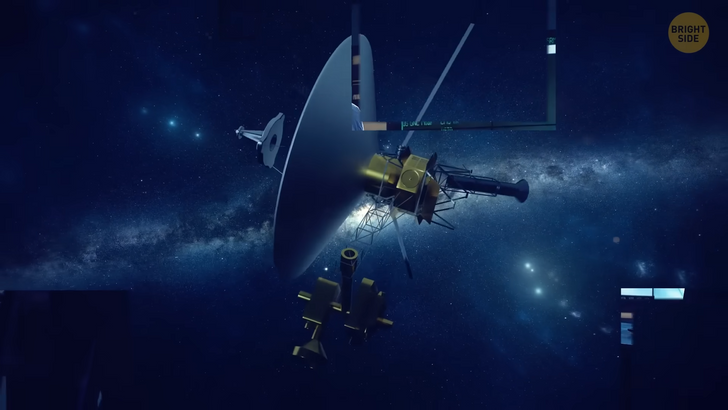
And the heliosphere is an area around the Sun where the pressure of the solar wind is balanced with the pressure of interstellar gas. Yeah, I know, it sounds like some hard scientific stuff. Just keep in mind that this data really helps us understand the Universe as a whole. So, this is Voyager’s last task: to tell us more about interstellar space.
The probe has already sent us more than 60 frames for a mosaic of the Solar System from a distance of over 4 billion miles from Earth. Scientists used these frames to make a big colored picture. The photo was called the “Pale Blue Dot.” And you’ve probably already guessed what that dot is. Yep, that’s what our Earth looks like through Voyager’s eyes. This photo clearly shows how tiny we really are.
But Voyager 1 also has another, even more important mission: to tell other civilizations about us humans. You might have heard about the famous “Voyager Golden Records.” People created many audio and video files and added them to these records. There are a few sections.
The first one contains “Hello” in 55 languages, including ancient and extinct ones. Almost 80% of the recordings are different musical pieces: classical music (like Bach, Beethoven, Mozart, and Stravinsky), folk music from different countries and ages, and a bit of blues, like famous songs by Louis Armstrong and Chuck Berry. The remaining 20% of the recordings contain different human voices, sounds of nature and animals, as well as 116 images encoded as audio signals.
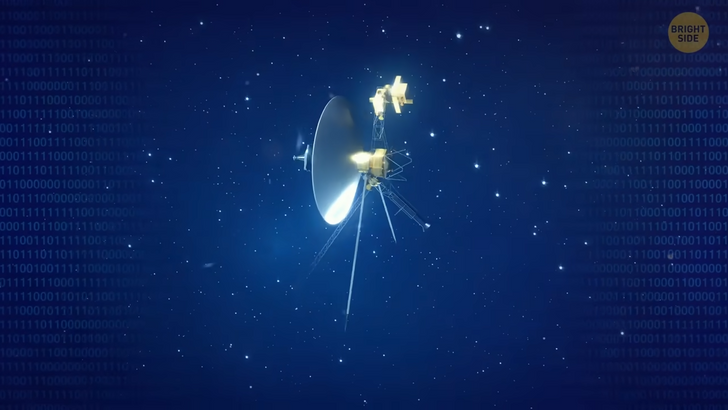
In addition to the records, scientists also packed a needle for playing them. Don’t worry; they also left a simple drawing that showed how to use all this stuff and how to translate the sounds into pictures. They added Earth’s coordinates, which they created using a pulsar map. It shows the position of the Sun in the Milky Way.
The record was packed in an aluminum case and covered with gold to protect it against radiation and cosmic dust. Carrying this record, Voyager 1 set off on its long journey. And it has already traveled quite a distance, I’d say! Right now, Voyager 1 is 154 astronomical units away from us — that’s about 14.5 billion miles. This makes it the most remote human-made object. Initially, this title belonged to the Pioneer-10 mission, but Voyager overtook it in 1998.
What a bargain for NASA! It’s way beyond its best by date. Voyager 1 is actually so cool that it even overtook its twin brother Voyager 2 — which, by the way, had been sent into space 2 weeks earlier. Voyager 1 moves at a speed of 9.7 miles per second — that’s 35,000 miles per hour! Even the fastest sports car in the world travels at a speed of only 305 miles per hour. So, it’s hard to imagine the speed of Voyager.
Anyway, at the moment, Voyager is heading to the borders of the Oort cloud. That’s the name of a hypothetical layer of icy objects surrounding the Solar System. Astronomers haven’t confirmed its existence yet, but they’re almost sure it’s there. After all, even black holes were only a theory not so long ago.

Unfortunately, Voyager 1 won’t return back to the Solar System. It’ll keep in touch with Earth at least until 2025. But eventually, we’ll lose the connection with it — for good. In 300 years, it’ll reach the borders of the Oort cloud. And in 30,000 years, (I won’t be around then), it’ll finally leave the Solar System. And, if nothing happens to it along the way, in another 10,000 years, Voyager 1 will approach red dwarf star Gliese 445 in the Giraffe Constellation. In the future, the probe will probably keep wandering around the Milky Way galaxy.
And now, let’s finally discuss the “mysterious signals” part. So, what happened? Well, a rather unusual thing. NASA Jet Propulsion Laboratory, which monitors and controls both Voyagers, reported this problem in May 2022. Our veteran spacecraft suddenly began sending strange data to Earth. The whole situation puzzles even engineers from NASA.
I bet you’re thinking, “Oh, come on. The thing has probably just broken down or something.” But the truth is that Voyager 1 is totally fine! It works as usual, receives and carries out commands from Earth, and collects and sends scientific data. But the readings of the AACS (which stands for Attitude and Articulation Control Subsystem) don’t show what is actually happening to Voyager anymore. This system supports the orientation of the probe in space and helps it keep in touch with Earth.
So, basically, the signals mean that the probe’s orientation in space is messed up. But scientists claim this is not the case. They know that the source of the antenna signal remains in the same position relative to Earth as planned. The problem hasn’t triggered any of the onboard fault protection systems. The probe hasn’t even entered “safe mode.” So what in the world, or universe, is going on?! Suzanne Dodd, the head of the project, says that the problem is not actually that unexpected.
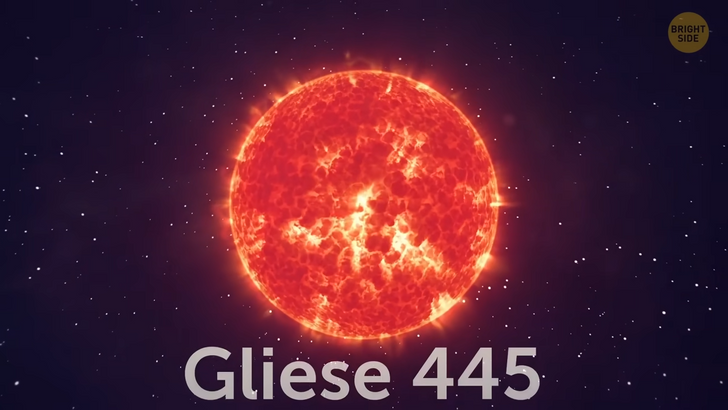
After all, Voyager 1 is already 45 years old. The expert admits that what’s happening to the probe remains a mystery to them. They don’t know exactly where the incorrect data is coming from. And it’s unclear how this will affect the operation of Voyager. She adds, though, that it’s not that surprising considering that the probe is in interstellar space.
There’s a very high level of radiation there. No spacecraft has ever reached that point before. Scientists from NASA say that they’ll keep closely monitoring the data coming from Voyager 1 until they figure out the problem. If they find it, the management team will try to fix it. Otherwise, the team will have to adapt to the new conditions.
It might not be enough to just understand the problem, though. It takes as much as 20 hours and 33 minutes to receive the signal from Voyager. And it takes the same amount of time to respond to it. Well, at least the second spacecraft, Voyager 2, is totally fine...
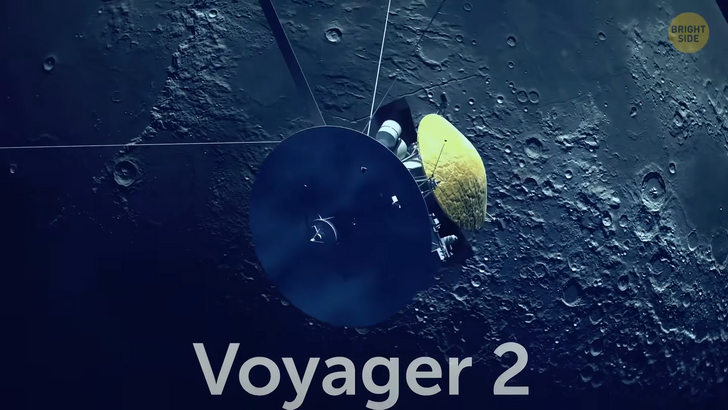
Even though it’s also currently in interstellar space at a distance of 12 billion miles from Earth. Anyway, we can only wait for news and hope that the problem will be resolved.
I actually wonder how much longer can Voyager 1 last. Will it be able to fly to the borders of the Oort cloud in 300 years? What do you think? I’d like to hear your thoughts in the comments!











